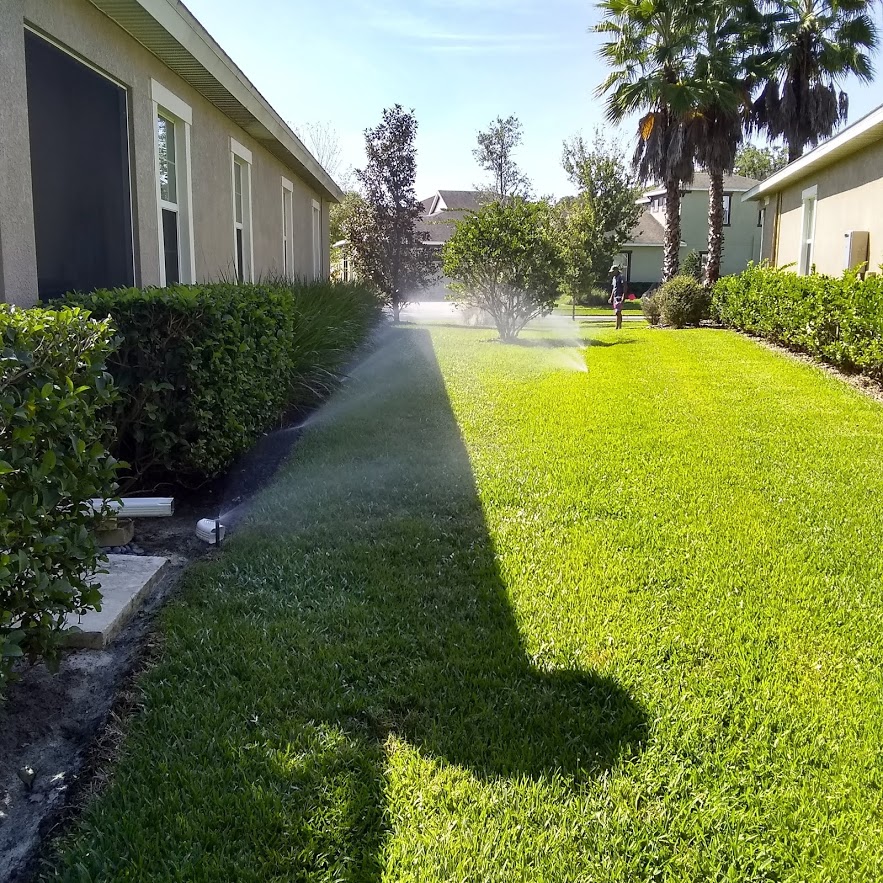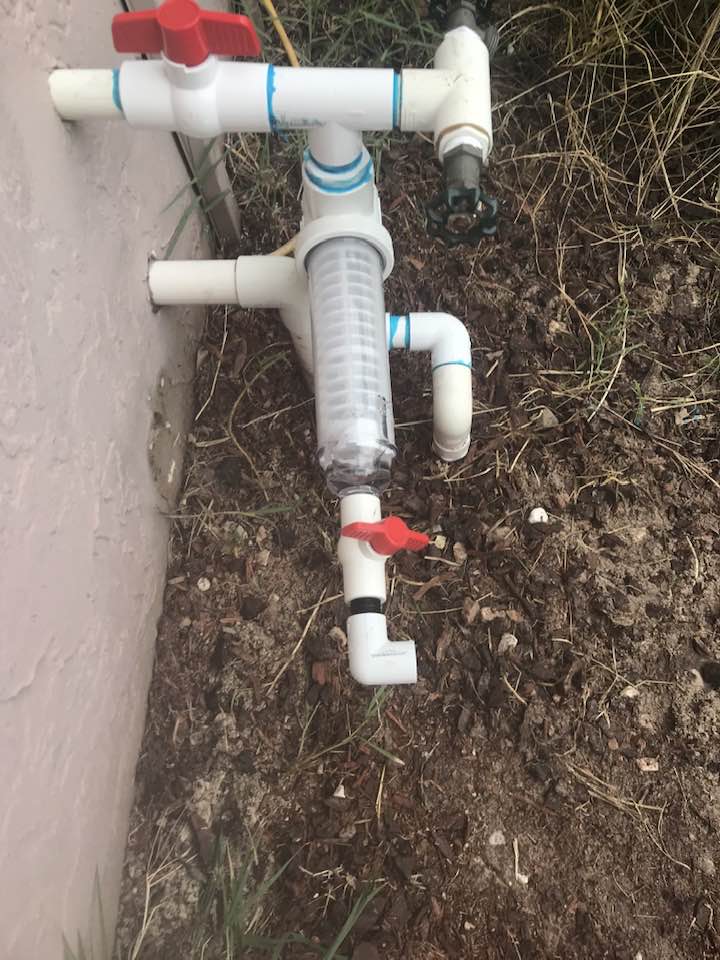Proper Watering for a Healthy Lawn: Tips and Tricks, A lush, green lawn is a beautiful sight to behold, but achieving and maintaining a healthy lawn requires more than just regular mowing and occasional fertilization. Proper watering is a crucial factor in keeping your lawn healthy and vibrant, yet it’s often overlooked or done incorrectly.
We’ll explore the importance of proper watering for a healthy lawn and provide you with tips and tricks to achieve optimal watering results.
The importance of proper watering for a healthy lawn:
Water is essential for all living things, and your lawn is no exception. Without adequate moisture, your grass can become dry, brown, and brittle, making it more susceptible to damage from pests, diseases, and foot traffic. Proper watering helps your lawn develop deep, strong roots that can access nutrients and withstand drought conditions.
Brief overview of the article:
In this article, we’ll cover the following topics related to proper watering for a healthy lawn:
- How much water does your lawn need?
- When is the best time to water your lawn?
- How often should you water your lawn?
- How to water your lawn efficiently
- Common watering mistakes to avoid
The benefits of a healthy lawn:
A healthy lawn not only looks great, but it also has several benefits, including:
- Improved air quality: Grass absorbs carbon dioxide and other pollutants and produces oxygen, improving the air quality around your home.
- Reduced soil erosion: Healthy lawns with deep root systems help prevent soil erosion, which can lead to sediment runoff and water pollution.
- Increased property value: A well-maintained lawn can increase your home’s curb appeal and overall value.
- Enhanced quality of life: A lush, green lawn provides a pleasant and inviting space for outdoor activities and relaxation.
By understanding the importance of proper watering and implementing these tips and tricks, you can enjoy a healthy, beautiful lawn that benefits both you and the environment.

Proper Watering for a Healthy Lawn Understanding the Basics of Lawn Watering
A lush, green lawn is every homeowner’s dream. However, achieving this requires more than just regular mowing and fertilization. Adequate watering is essential for the health of your lawn. We’ll cover the basics of lawn watering and how to ensure that your lawn receives the proper amount of water.
How much water does a lawn need?
Knowing how much water your lawn needs is crucial to prevent over or under watering. Generally, a lawn requires about 1 inch of water per week. However, the amount of water your lawn needs can vary based on factors such as weather, soil type, and the type of grass you have.
When is the best time to water your lawn?
Timing is everything when it comes to lawn watering. The ideal time to water your lawn is early in the morning before the sun is too hot. Watering during the day can lead to excessive evaporation, while watering at night can lead to fungal growth.
The importance of watering depth
Watering depth is another critical factor to consider when watering your lawn. Shallow watering can lead to shallow roots, making your lawn more susceptible to drought and stress. On the other hand, deep watering promotes deeper root growth, making your lawn more resilient and drought-resistant.
Understanding soil type and water retention
Soil type plays a vital role in determining how much water your lawn needs and how often you should water it. Clay soil tends to retain water for longer periods, while sandy soil drains quickly. It’s essential to understand your soil type and adjust your watering accordingly.
Common Lawn Watering Mistakes to Avoid
Watering your lawn may seem like a simple task, but there are many common mistakes that can have a negative impact on your lawn’s health. Here are some mistakes to avoid:
Overwatering or underwatering your lawn: Overwatering can lead to shallow roots and disease, while underwatering can cause the grass to wither and die. It’s important to find the right balance.
Using the wrong sprinkler or watering method: Different types of sprinklers and watering methods are better suited for different lawn sizes and shapes. Using the wrong one can result in uneven watering and patchy areas.
Watering at the wrong time of day: Watering during the hottest part of the day can lead to evaporation, while watering at night can cause disease. It’s best to water in the early morning when the sun is still low.
Ignoring signs of overwatering or underwatering: Keep an eye out for signs of overwatering or underwatering, such as yellowing or wilting grass. Adjust your watering schedule accordingly to prevent further damage to your lawn.
By avoiding these common watering mistakes, you can ensure that your lawn is receiving the right amount of water at the right time to stay healthy and green.

Tips for Proper Lawn Watering
Now that you have a good understanding of the basics and common mistakes to avoid when it comes to lawn watering, let’s move on to some tips for proper watering.
Use a rain gauge to measure water output: A rain gauge is a simple tool that can help you determine how much water your lawn is receiving during each watering session. You can adjust your watering schedule accordingly to avoid over or underwatering your lawn.
Adjust your watering schedule for the changing seasons: Different seasons require different amounts of water for your lawn to remain healthy. During hot summer months, you may need to water more frequently than in cooler fall or spring months.
Water your lawn in multiple sessions: It’s best to water your lawn in multiple sessions rather than one long session. This allows the water to penetrate deeper into the soil, promoting stronger root growth and water retention.
Use mulch to retain moisture in the soil: Mulch is an effective way to retain moisture in the soil, reducing the need for excessive watering. It also helps to regulate soil temperature, preventing heat stress on your lawn.
Proper lawn watering can make a significant difference in the health and appearance of your lawn. By following these tips, you can ensure your lawn stays healthy and vibrant all year round.
How to Tell if Your Lawn Needs Watering
A healthy lawn requires the right amount of water to thrive. But how do you know when your lawn needs watering? Here are some telltale signs that your lawn is thirsty:
Signs of a thirsty lawn
- The grass blades are wilted, folded, or curled.
- The grass is turning yellow or brown.
- Footprints or mower tracks stay visible for longer than usual.
- The soil is dry and cracked.
The finger test for soil moisture
- Insert your index finger into the soil to a depth of 3-4 inches.
- If the soil feels dry, it’s time to water the lawn.
- If the soil feels moist, wait a few more days before watering.
The screwdriver test for soil moisture
- Take a screwdriver and push it into the soil to a depth of 6-8 inches.
- If the screwdriver goes in easily, the soil is moist and doesn’t need watering.
- If the screwdriver is difficult to push in, the soil is dry and needs watering.
By paying attention to these signs and tests, you can ensure that your lawn is getting the water it needs to thrive.
Proper watering is crucial for maintaining a healthy and lush lawn. Understanding the basics of lawn watering such as the amount of water needed, the best time to water, and the importance of watering depth is essential.
Additionally, avoiding common watering mistakes, following tips for proper lawn watering, and knowing how to tell when your lawn needs watering can make a big difference in the health of your lawn.
Incorporating these tips and tricks into your lawn care routine can help you achieve a healthy and vibrant lawn. Remember, a healthy lawn not only looks great but also provides numerous benefits such as increasing property value, reducing soil erosion, and promoting cleaner air.
If you need help maintaining your sprinkler system or fixing any issues, don’t hesitate to reach out to American Property Maintenance.
Our team of experts can provide professional sprinkler repair services to ensure your lawn stays healthy and vibrant all year round. Contact us today to schedule a consultation.